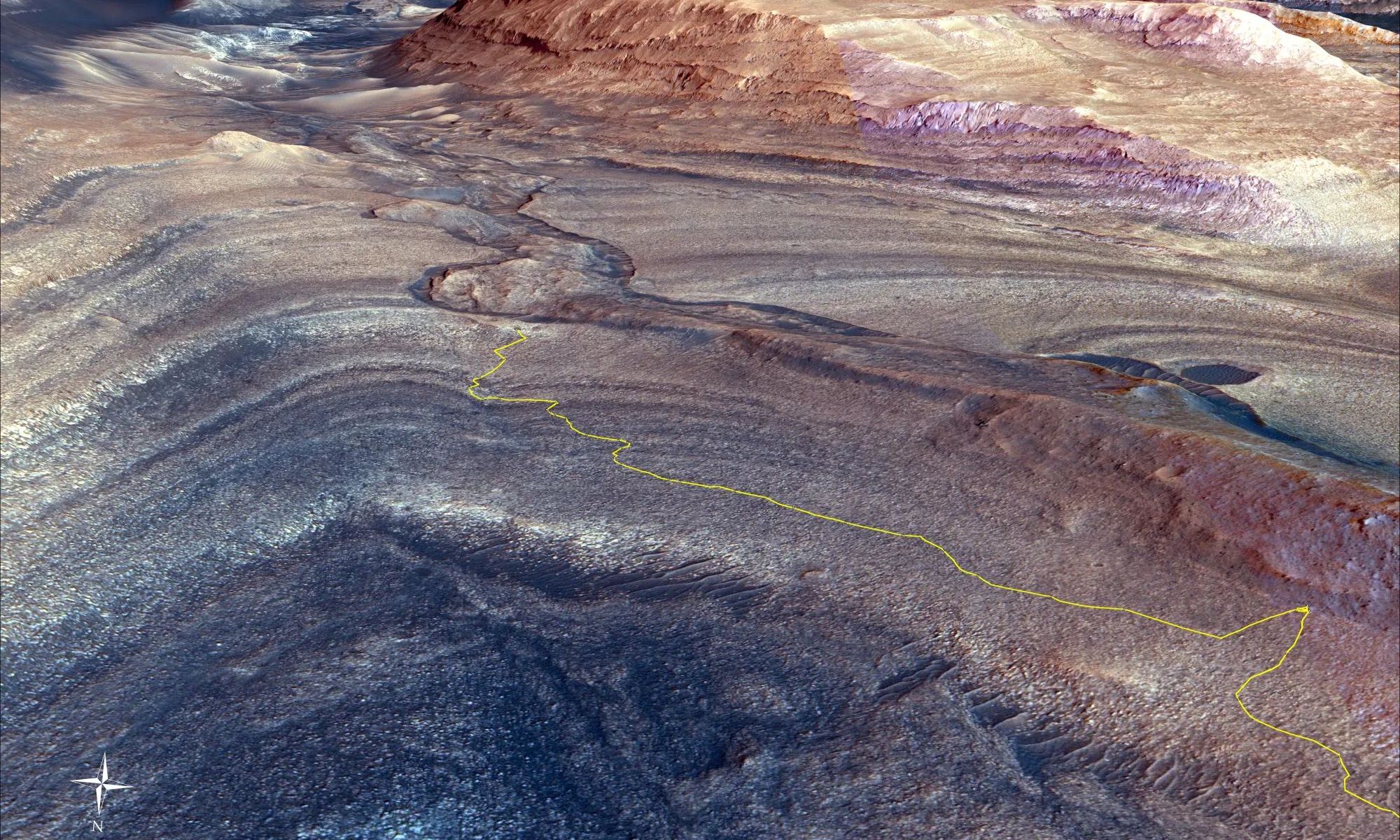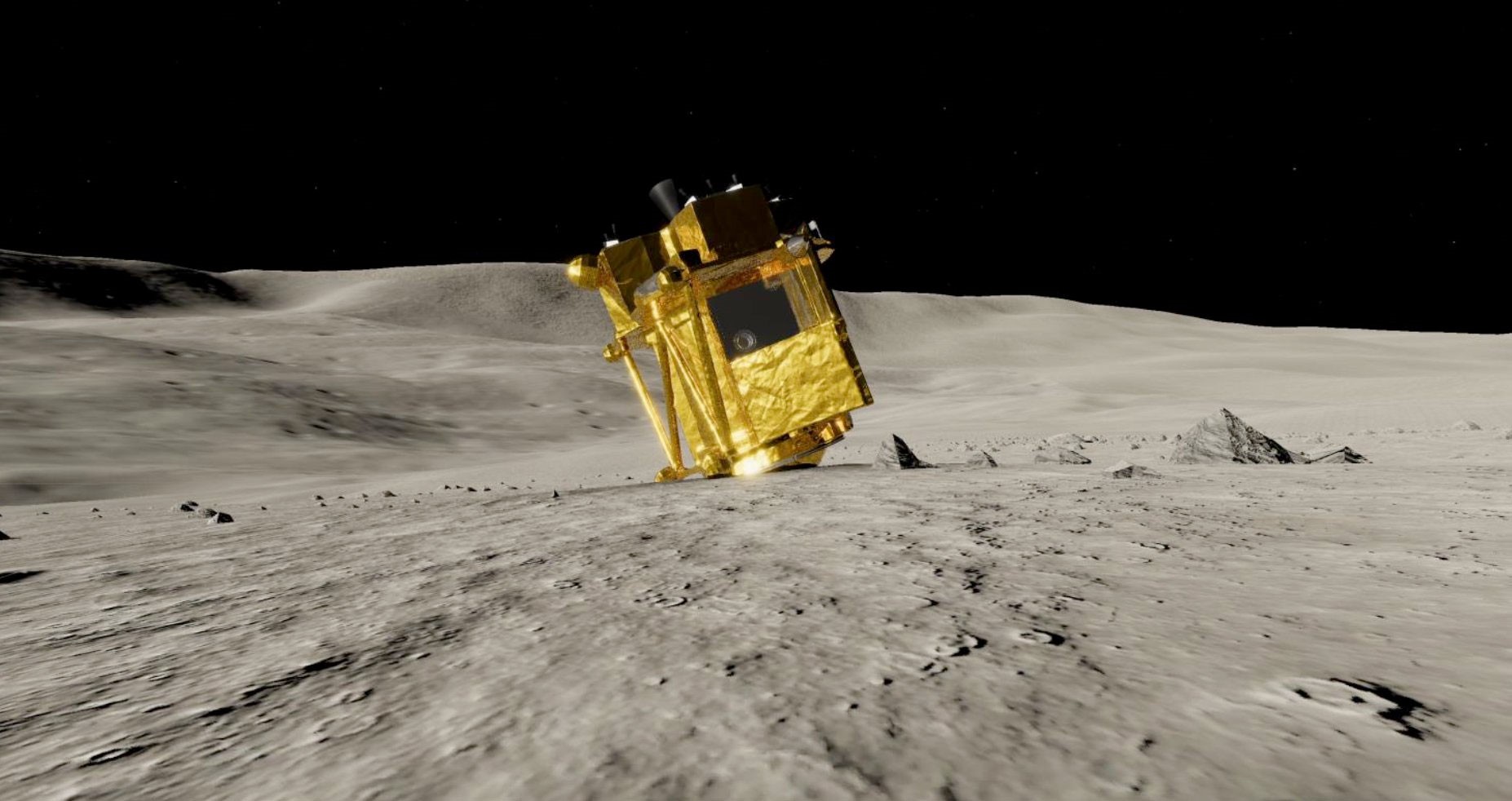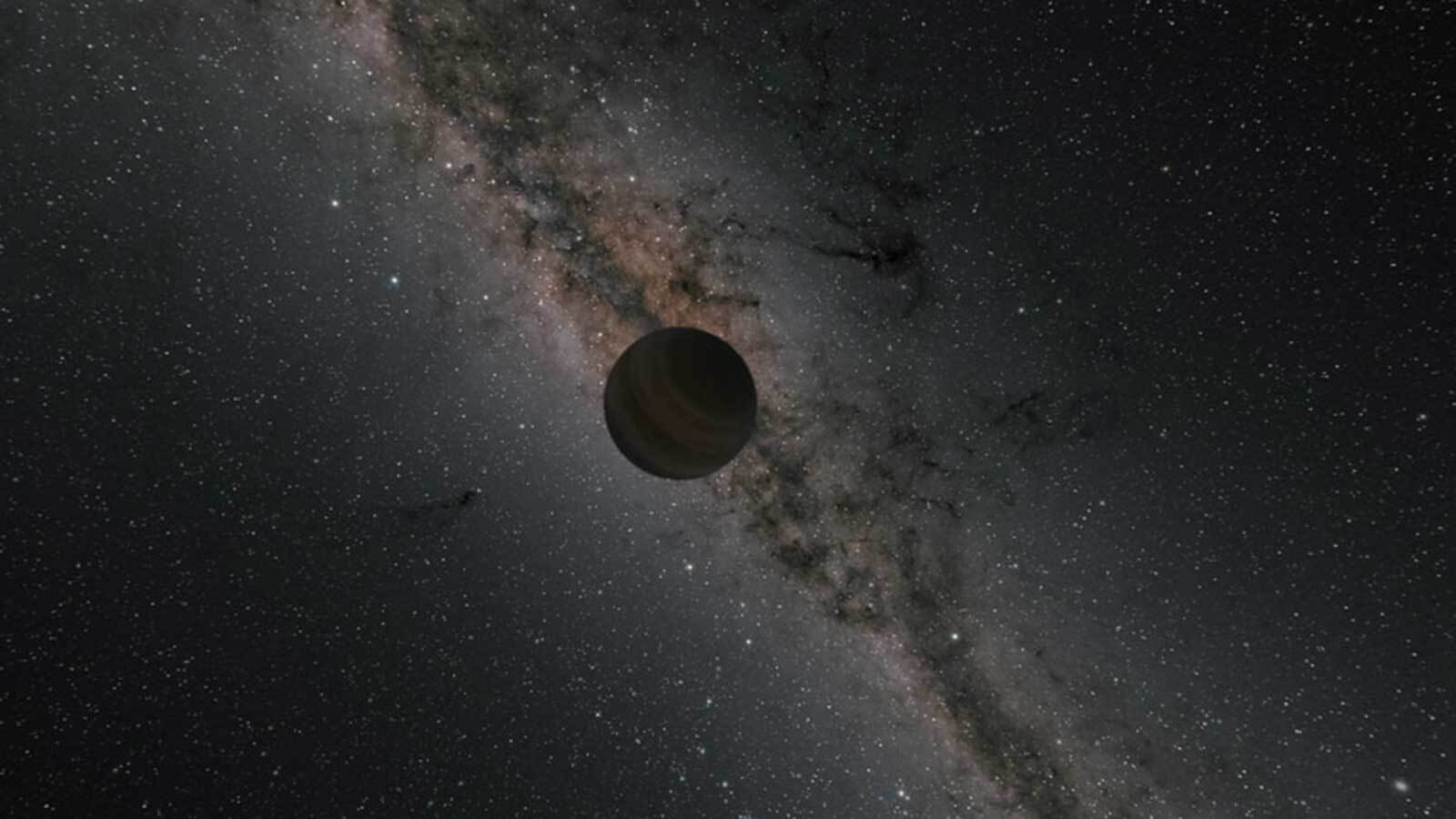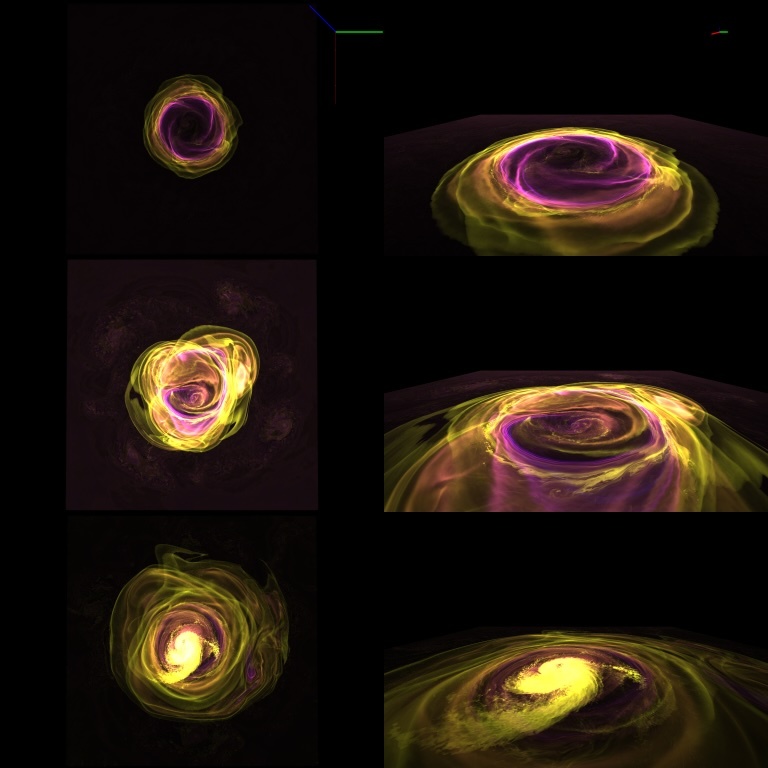Sometimes, all you need for a new discovery is some creative math. That was the case for a new paper by Edward Williams and Laurent Montési of the University of Maryland’s Department of Geology. They released a brief paper at the Lunar and Planetary Science Conference last month that describes a mathematical way to estimate the size of a lava tube using only remote sensing techniques.
Continue reading “Mapping Lava Tubes on the Moon and Mars from Space”A Robot Hopper to Explore the Moon’s Dangerous Terrain
Intuitive Machines recently had a major breakthrough, successfully becoming the first non-governmental entity to land on the Moon in February. At least the landing was partially successful – the company’s Odysseus lander ended up on its side, though its instruments and communication links remained at least partially functional. That mission, dubbed IM-1, was the first in a series of ambitious missions the company has planned. And they recently released a paper detailing features of a unique hopping robot that will hitch a ride on its next Moon mission.
Continue reading “A Robot Hopper to Explore the Moon’s Dangerous Terrain”Inside a Week to Totality: Weather Prospects, Solar Activity and More

Looking at prospects for eclipse day and totality.
Have you picked out your site to observe the eclipse on April 8th? Next Monday, the shadow of the Moon crosses Mexico, the contiguous United States from Texas to Maine, and the Canadian Maritimes for the last time for this generation. And while over 30 million people live in the path of totality, millions more live within an easy day drive of the path. I’m expecting that many folks will decide to make a three-day weekend of it, and eclipse travel traffic will really pick up this coming Saturday, April 6th.
Continue reading “Inside a Week to Totality: Weather Prospects, Solar Activity and More”Want to Leave the Solar System? Here’s a Route to Take

The edge of the Solar System is defined by the heliosphere and its heliopause. The heliopause marks the region where the interstellar medium stops the outgoing solar wind. But only two spacecraft, Voyager 1 and Voyager 2, have ever travelled to the heliopause. As a result, scientists are uncertain about the heliopause’s extent and its other properties.
Some scientists are keen to learn more about this region and are developing a mission concept to explore it.
Continue reading “Want to Leave the Solar System? Here’s a Route to Take”Curiosity has Reached an Ancient Debris Channel That Could Have Been Formed by Water

Like a pilgrim seeking wisdom, NASA’s MSL Curiosity has been working its way up Mt. Sharp, the dominant central feature in Gale Crater. Now, almost 12 years into its mission, the capable rover has reached an interesting feature that could tell them more about Mars and its watery history. It’s called the Gediz Vallis channel.
Continue reading “Curiosity has Reached an Ancient Debris Channel That Could Have Been Formed by Water”Where Are All These Rogue Planets Coming From?
There’s a population of planets that drifts through space untethered to any stars. They’re called rogue planets or free-floating planets (FFPs.) Some FFPs form as loners, never having enjoyed the company of a star. But most are ejected from solar systems somehow, and there are different ways that can happen.
One researcher set out to try to understand the FFP population and how they came to be.
rogueExtremophiles: Why study them? What can they teach us about finding life beyond Earth?

Universe Today has conducted some incredible examinations regarding a plethora of scientific fields, including impact craters, planetary surfaces, exoplanets, astrobiology, solar physics, comets, planetary atmospheres, planetary geophysics, cosmochemistry, meteorites, and radio astronomy, and how these disciplines can help scientists and the public gain greater insight into searching for life beyond Earth. Here, we will discuss the immersive field of extremophiles with Dr. Ivan Paulino-Lima, who is a Senior Research Investigator at Blue Marble Space Institute of Science and the Co-Founder and Chief Science Officer for Infinite Elements Inc., including why scientists study extremophiles, the benefits and challenges, finding life beyond Earth, and proposed routes for upcoming students. So, why is it so important to study extremophiles?
Continue reading “Extremophiles: Why study them? What can they teach us about finding life beyond Earth?”It Takes a Supercomputer to Properly Simulate a Neutron Star’s Surface
Neutron stars, the remains of massive stars that have imploded and gone supernova at the end of their life, can still create massive flares. These incredible bursts of energy release X-rays that propagate through space. It is a complex process to simulate but astronomers have turned to a supercomputer to help. Modelling the twisting magnetic fields, the interaction with gas and dust, the surface of flaring neutron stars has been revealed in incredible 3D.
Continue reading “It Takes a Supercomputer to Properly Simulate a Neutron Star’s Surface”Against all Odds. Japan’s SLIM Lander Survived a Second Lunar Night Upside Down

You might remember the SLIM lunar lander that managed to land upside-down! The probe from the Japanese Space Agency has survived its second night on the Moon and returns a new photograph. Despite the solar panels pointing away from the Sun during the day it was still able to capture the image and transmit to Earth. All that while surviving the harsh -130C lunar night.
Continue reading “Against all Odds. Japan’s SLIM Lander Survived a Second Lunar Night Upside Down”Radio Astronomy: Why study it? What can it teach us about finding life beyond Earth?

Universe Today has investigated the significance of studying impact craters, planetary surfaces, exoplanets, astrobiology, solar physics, comets, planetary atmospheres, planetary geophysics, cosmochemistry, and meteorites, and how these scientific fields contribute to researchers and the public gain greater insight into our place in the universe and finding life beyond Earth. Here, will discuss the field of radio astronomy with Dr. Wael Farah, who is a research scientist at the SETI Institute, about how radio astronomy teaches us about the myriad of celestial objects that populate our universe, along with the benefits and challenges, finding life beyond Earth, and how upcoming students can pursue studying radio astronomy. But what is radio astronomy and why is it so important to study?
Continue reading “Radio Astronomy: Why study it? What can it teach us about finding life beyond Earth?”



